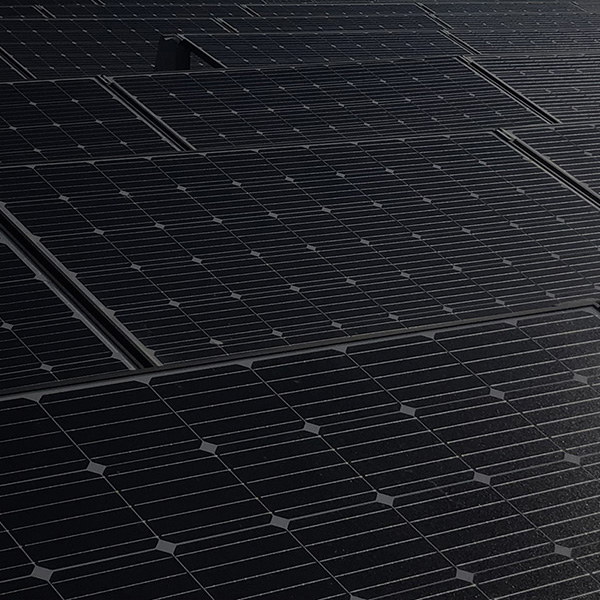Sustainability of Products
Sustainability of Products
STANDARD 100 by OEKO-TEX®

STANDARD 100 by OEKO-TEX® is an independent and international control and certification system for raw materials, semi-finished products, finished textile products, and the accessory materials used. The premise is that each component of the textile article has been tested for the presence of harmful substances and, as a result, is safe for human health.
We currently only buy Standard 100 certified raw materials by OEKO-TEX®.
Product label
Made in green by OEKO-TEX®

MADE IN GREEN by OEKO-TEX® is a traceable product label for textile products. A product ID shows that the product has been tested for harmful substances and ensures that the product has been produced using sustainable processes in socially responsible working conditions.
We can produce garments MADE IN GREEN by OEKO-TEX® in Italy. We hope to be able to do so soon in Tunisia at Yoma Textil s.a.r.l., our related company, able to manage and guarantee high rhythms and production standards.
Recycled and organic Fibers & Fabrics
We constantly search and select the best suppliers of recycled and organic quality fibers that have obtained specific certifications such as GOTS, GRS, and OCS. Therefore, we always try to offer a more sustainable alternative to our garments.

3D Software
The use of 3D software allows us to obtain several advantages both from a design and environmental point of view:
- reduce time to market with virtual sampling and remote collaboration;
- improve the design, design proposal and sampling steps;
- reduce the production of samples, material waste and the number of consignments, and allow the correction of the animals directly on their virtual version.
Thanks to 3D technology we can perfect our ideas in real time and before they go into production.
In progress
Product Environmental Footprint
It is a methodology that describes the environmental impacts related to the production of a specific quantity of product or service by regulating the calculation, evaluation and validation of third parties. The environmental impact is analyzed from the point of view of energy consumption, raw materials, waste production, emissions into the atmosphere, and discharges into water bodies. A calculation based on the Life Cycle Assessment (LCA) is then performed to evaluate the performance of the product and its environmental footprint by observing its entire life cycle.
The LCA is currently being calculated on a specific product and we hope to be able to enrich our experience of this further result soon.





